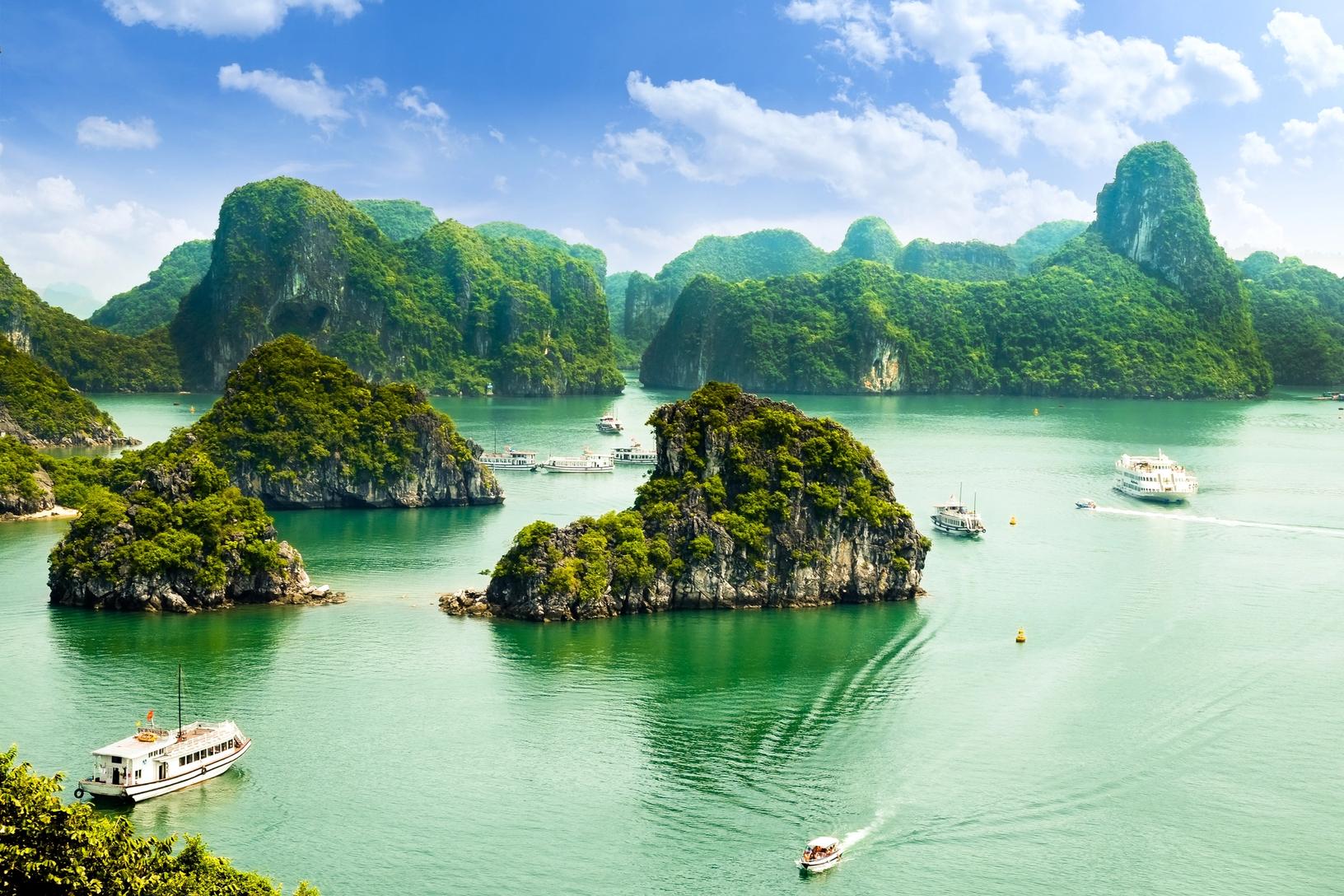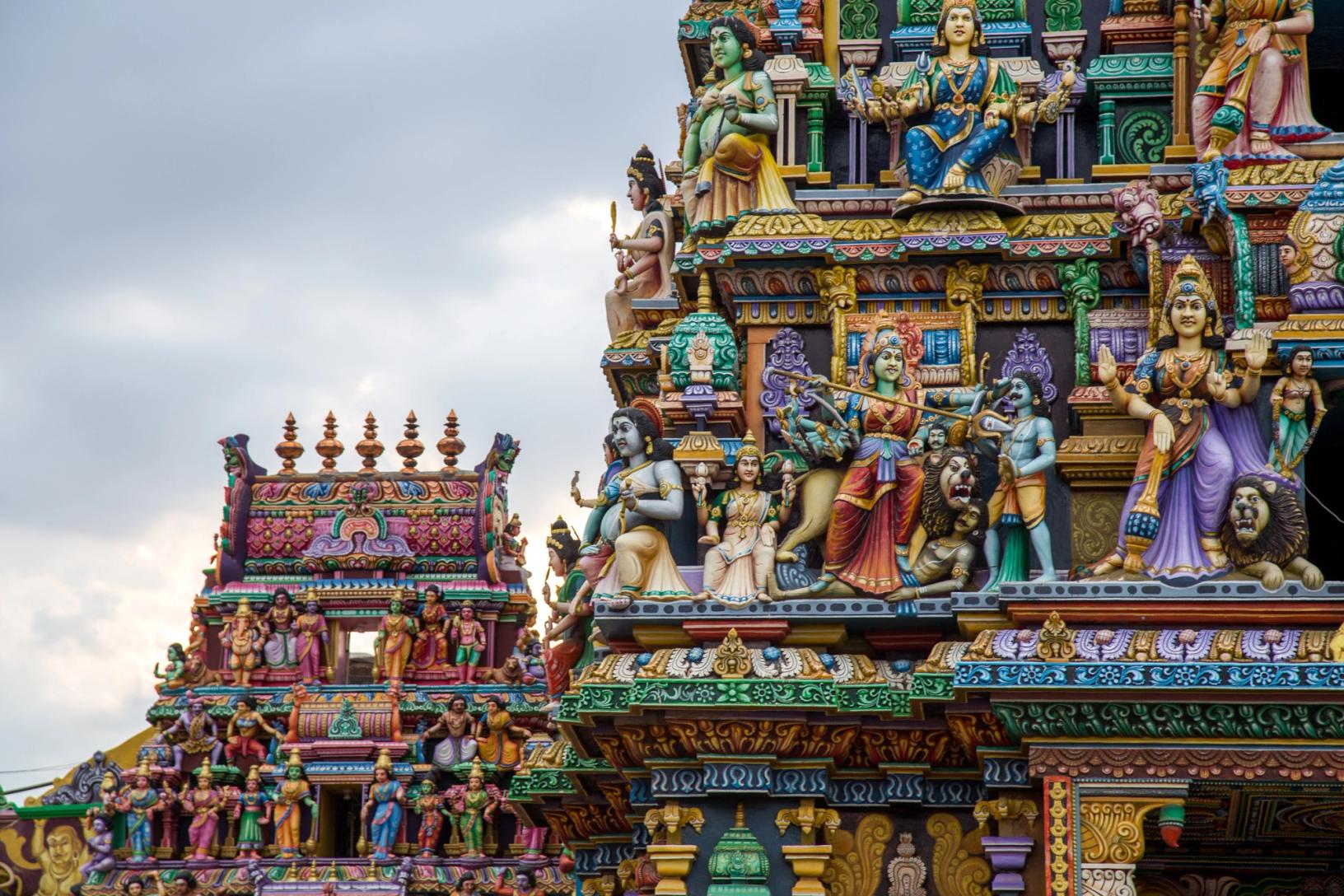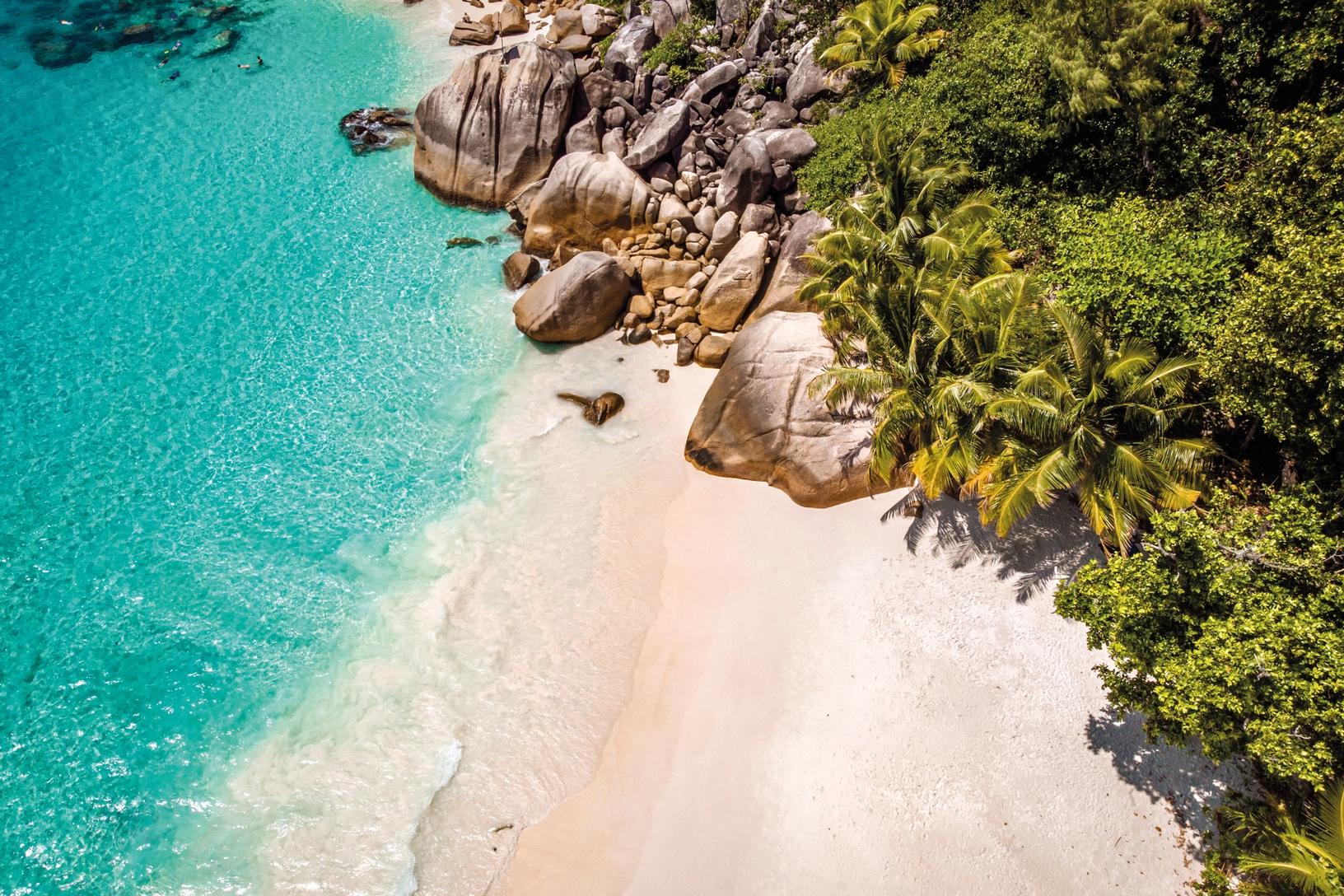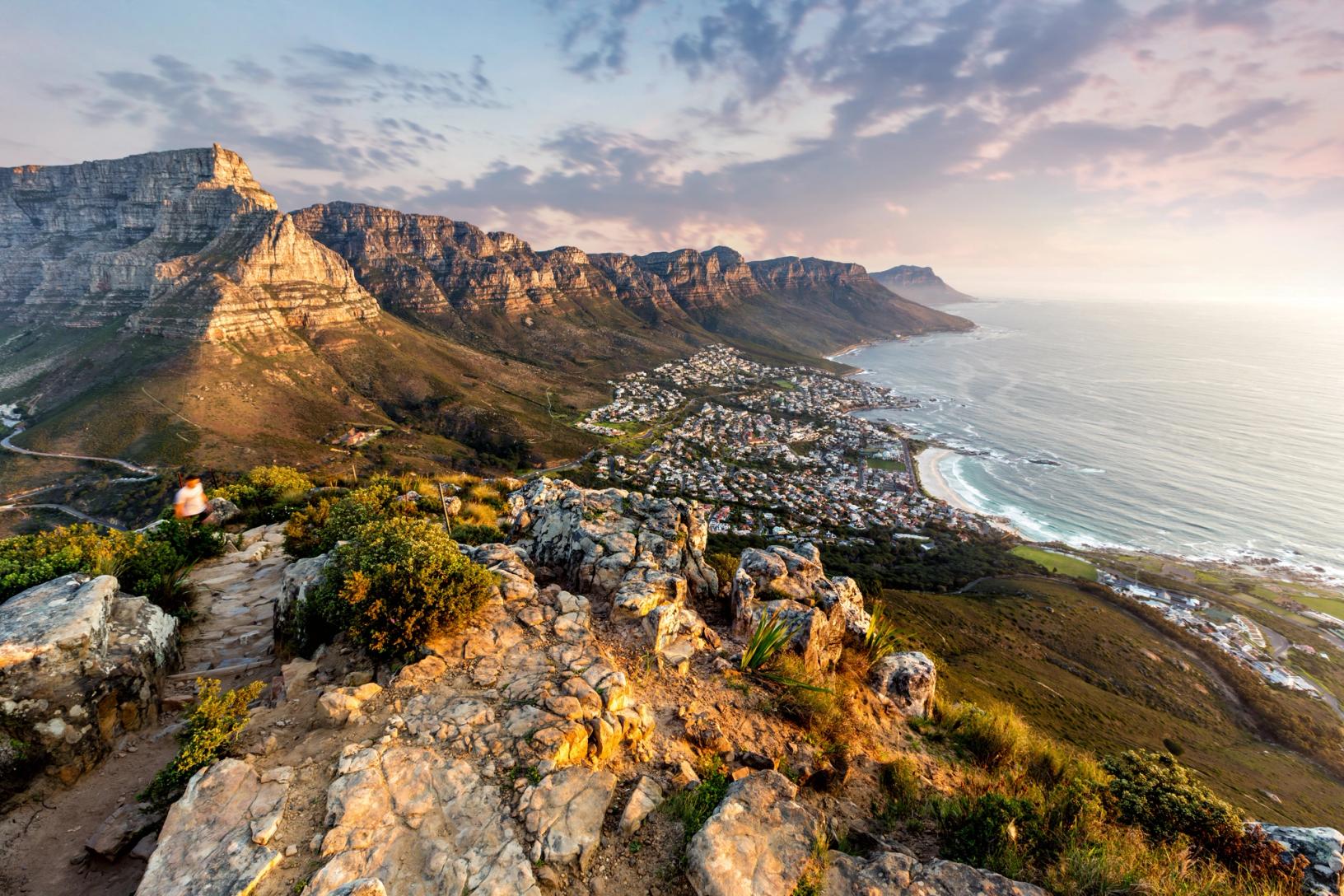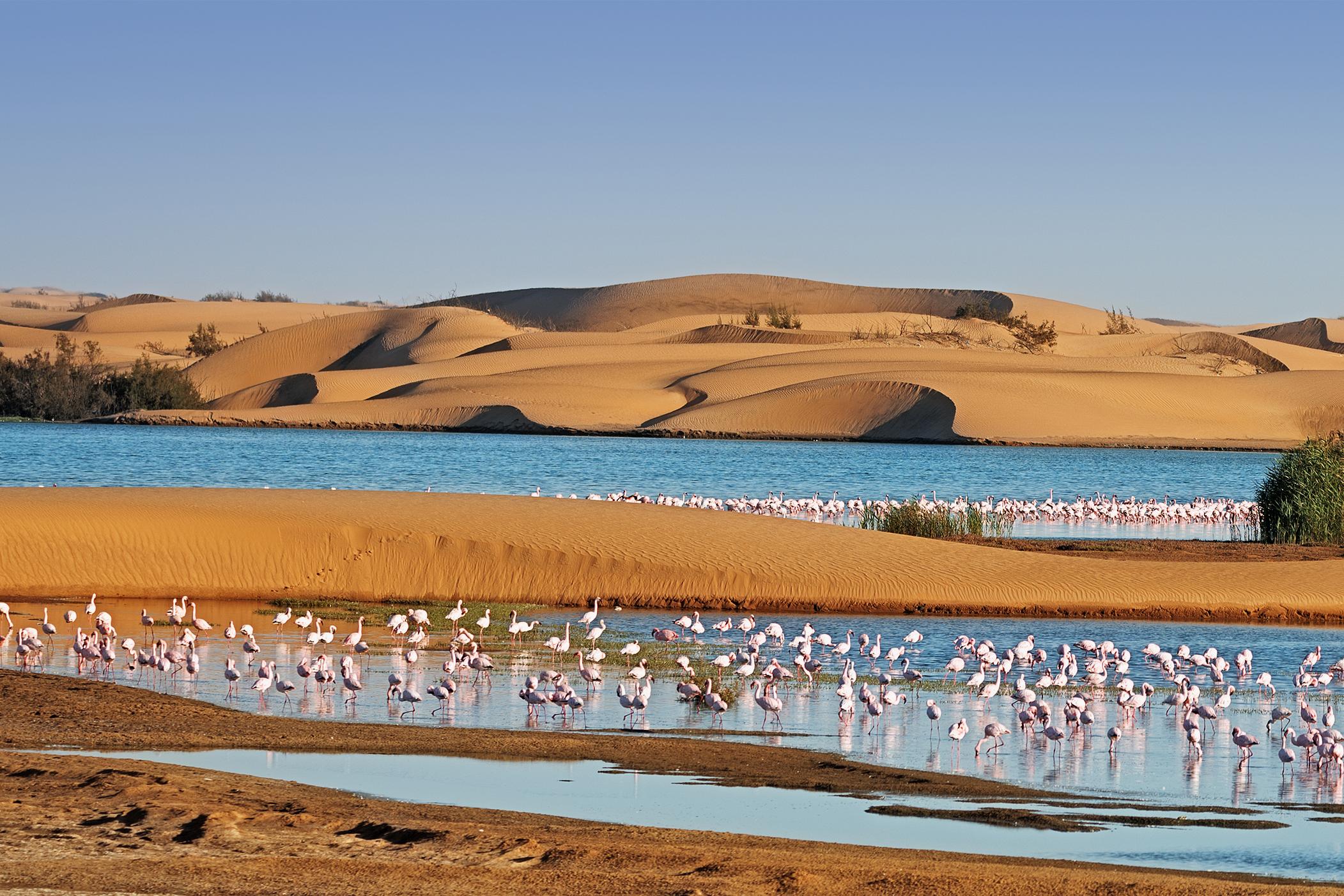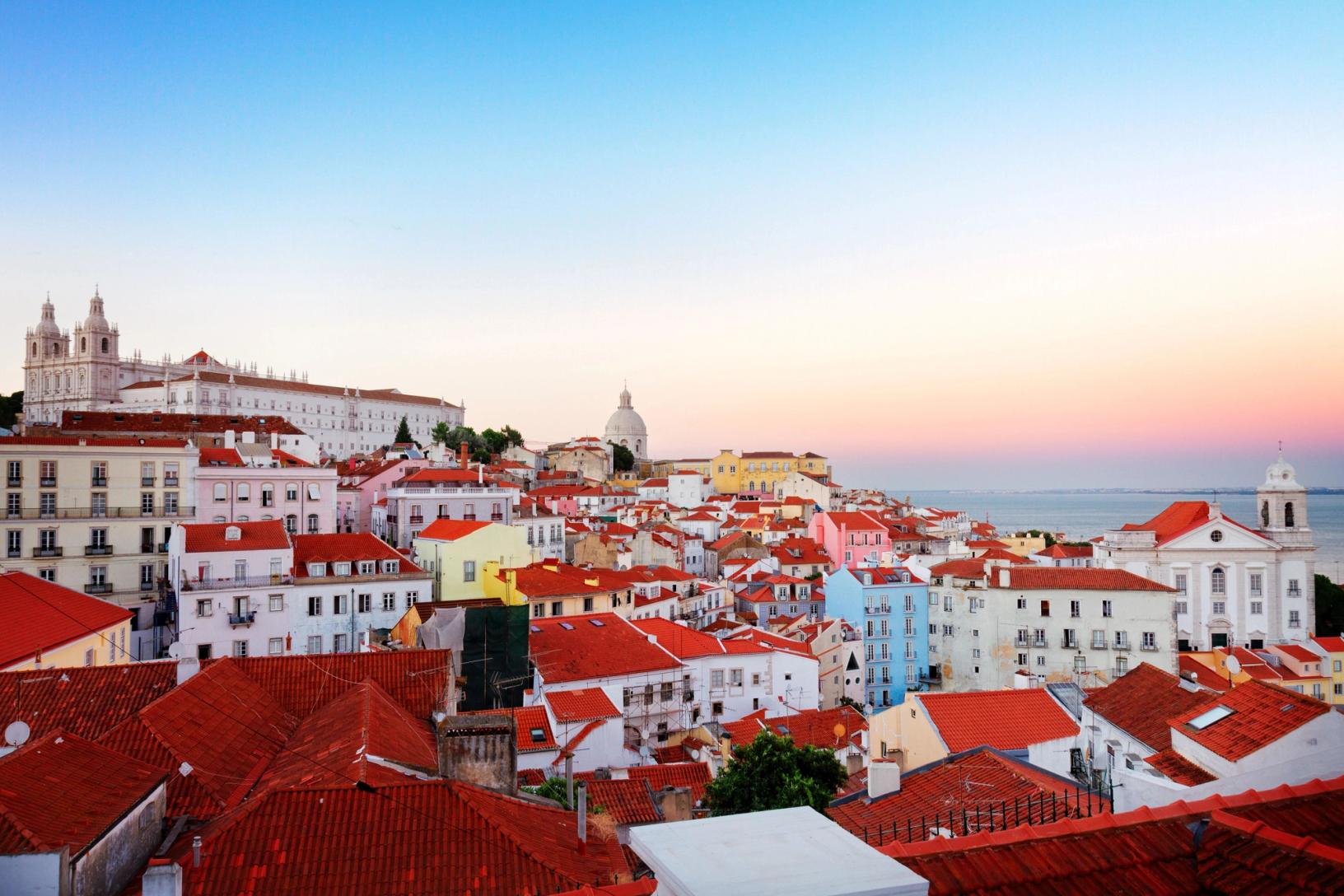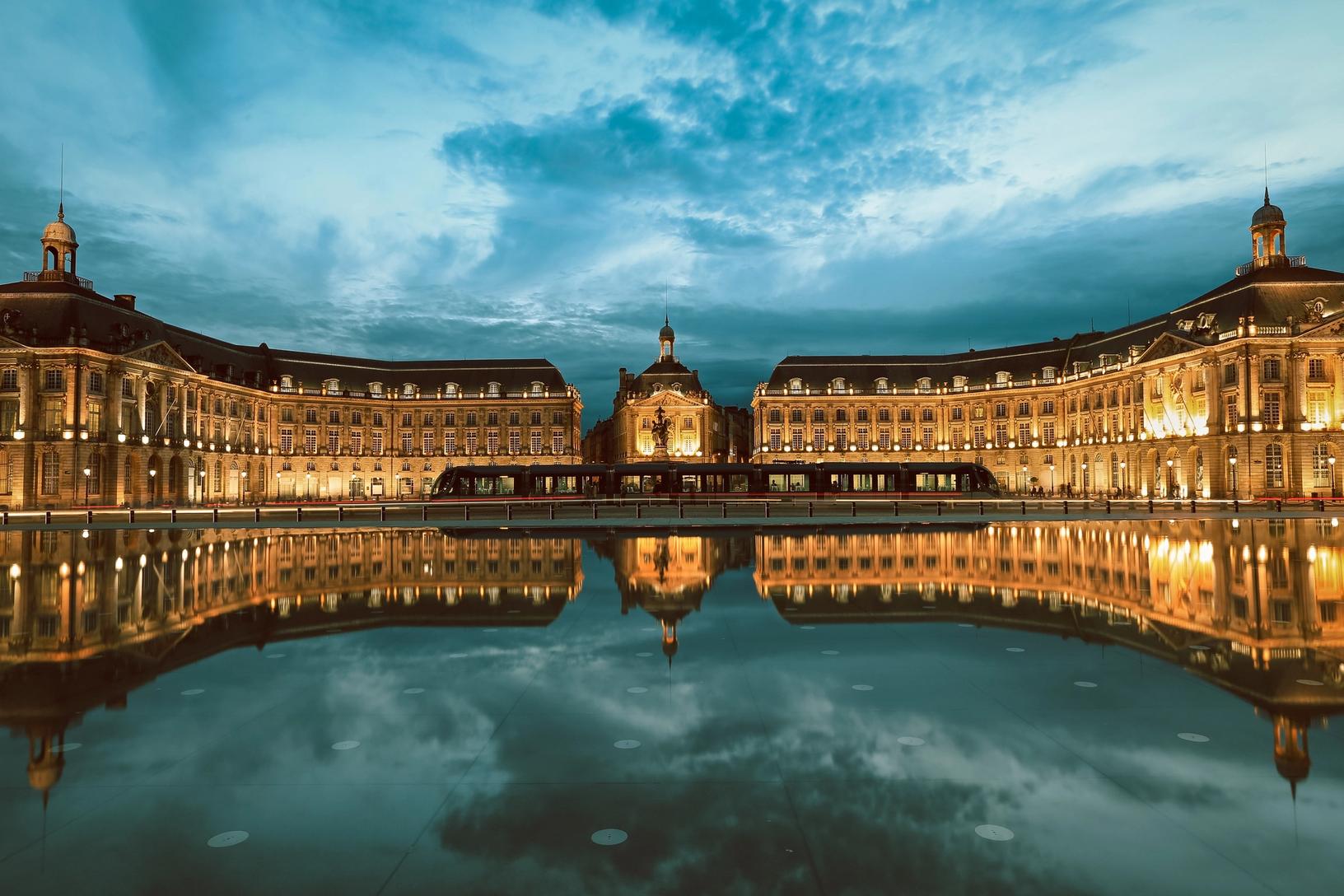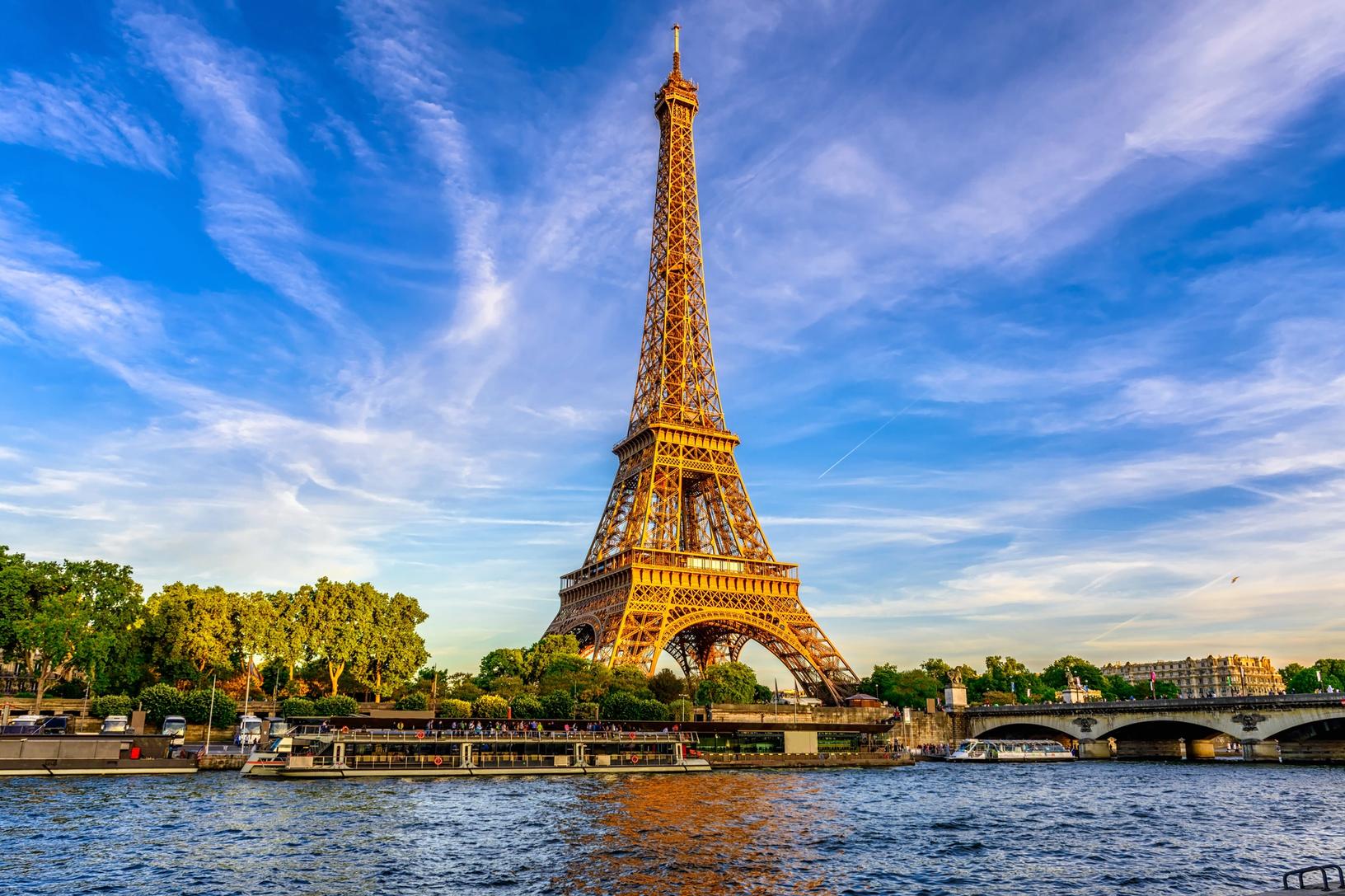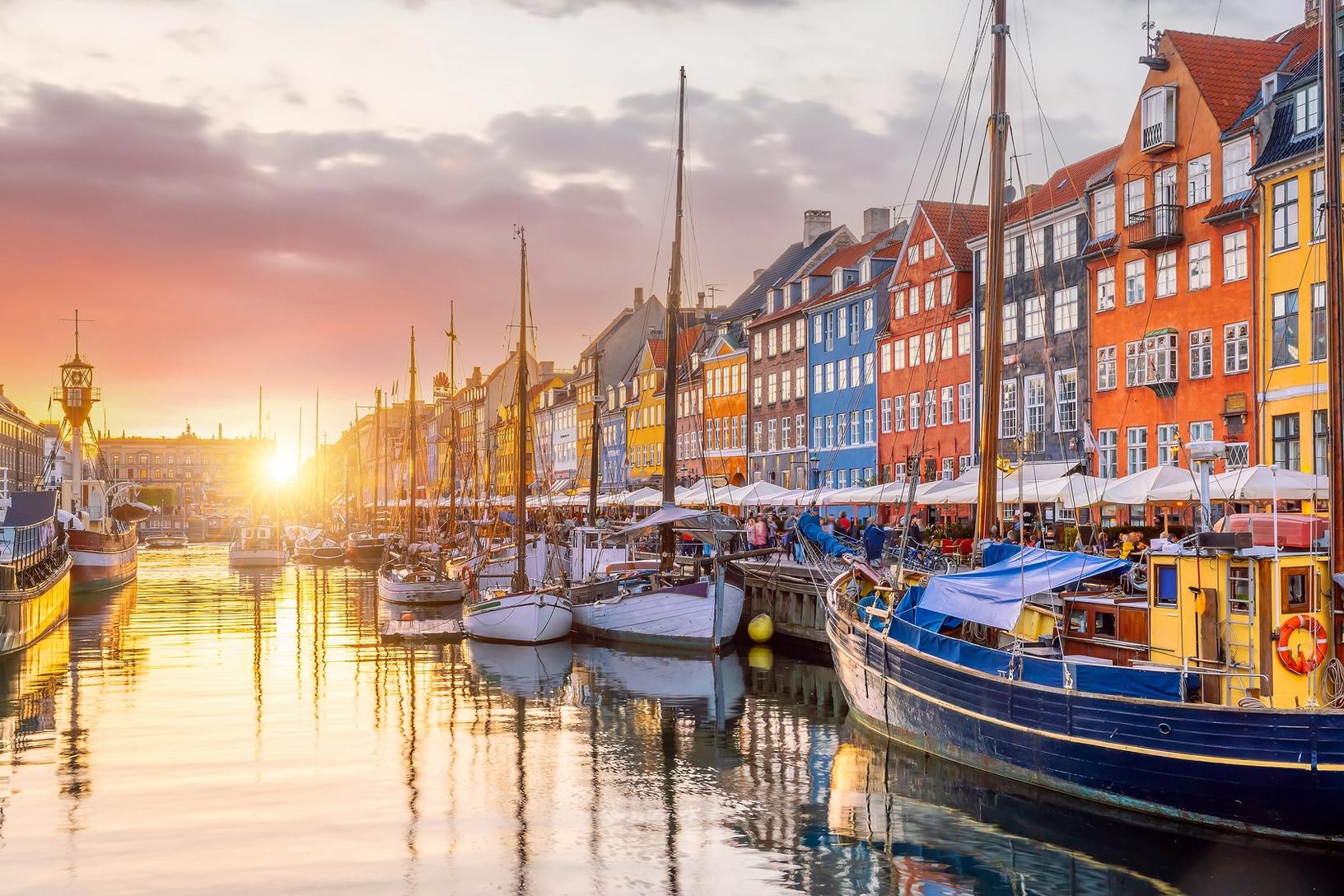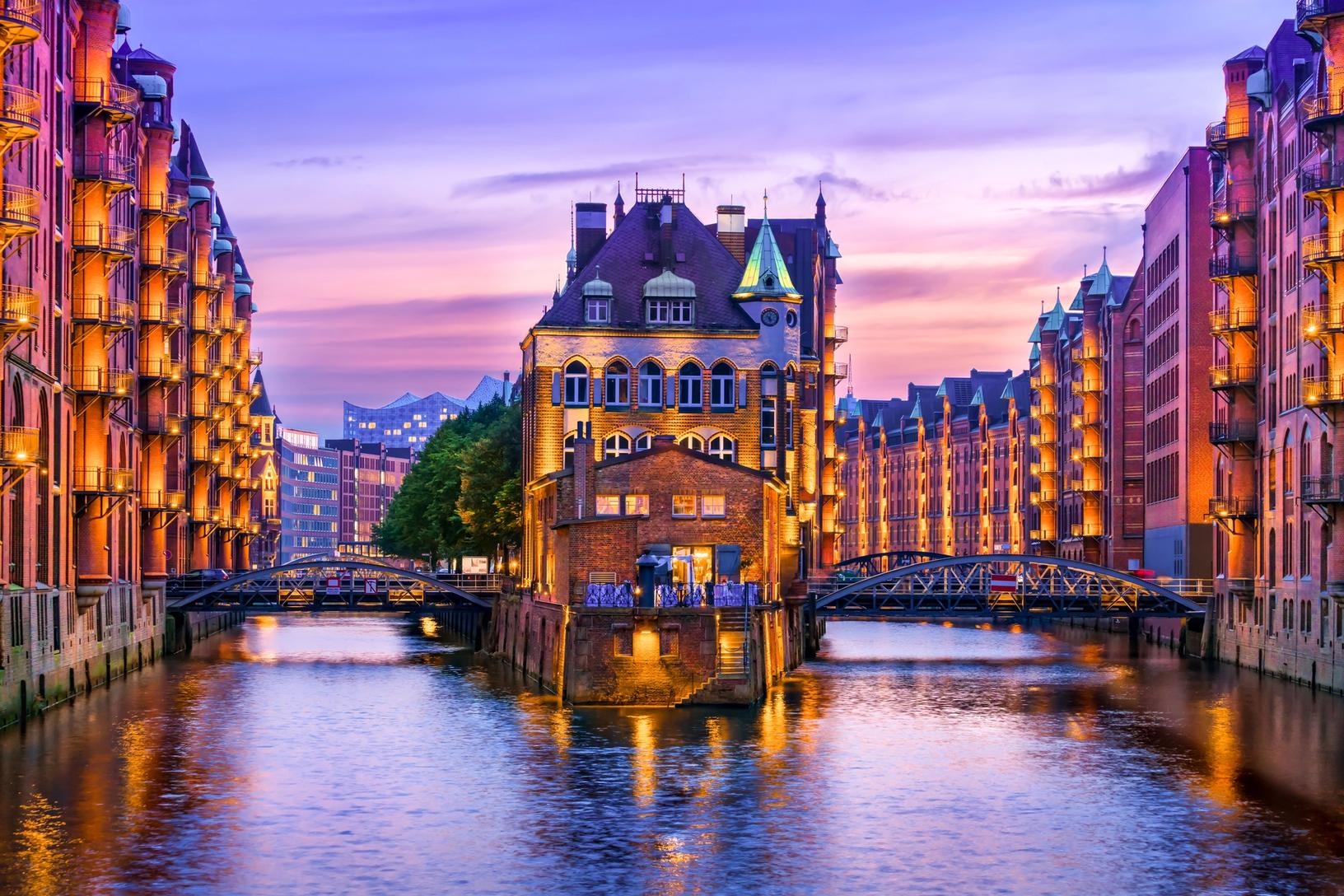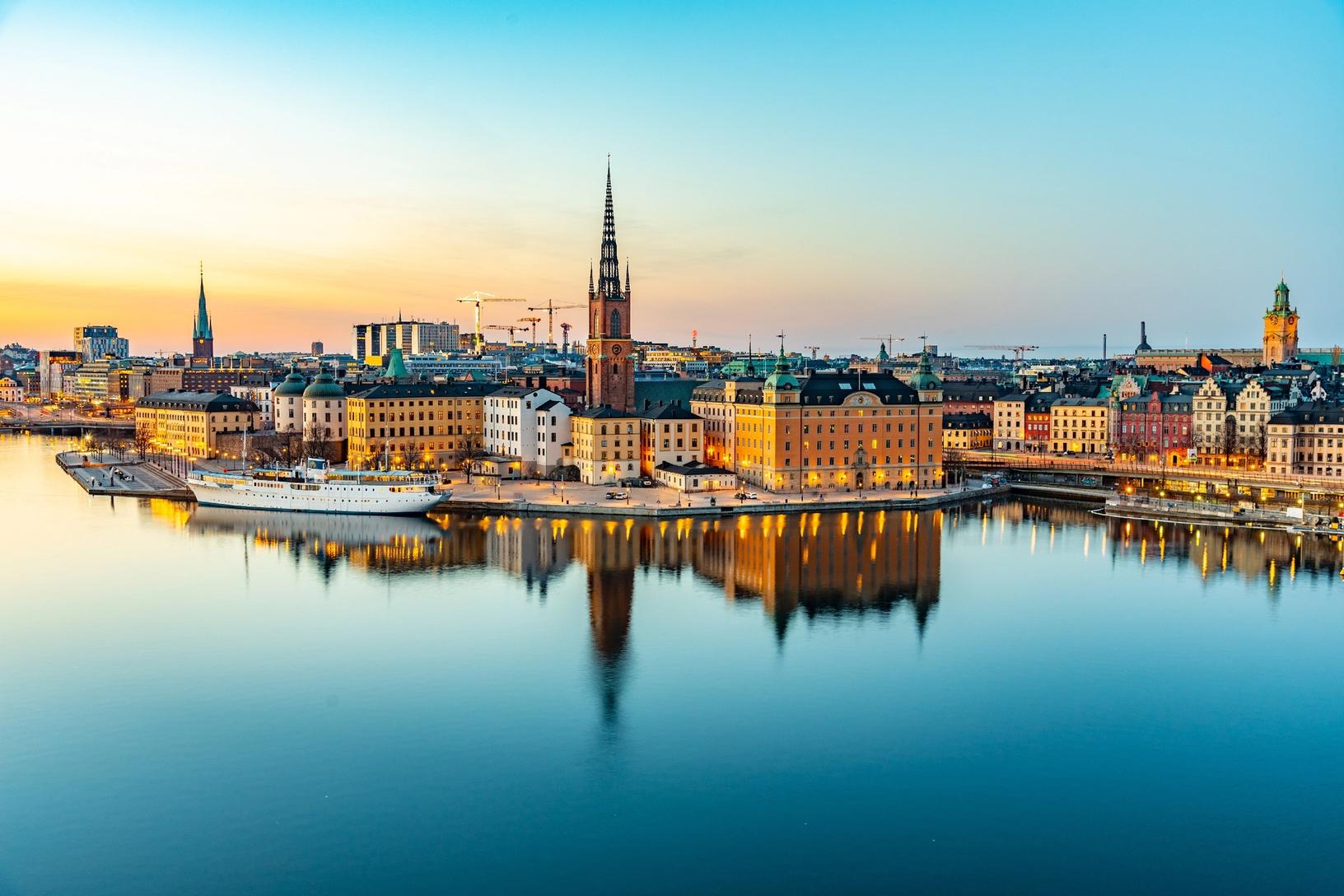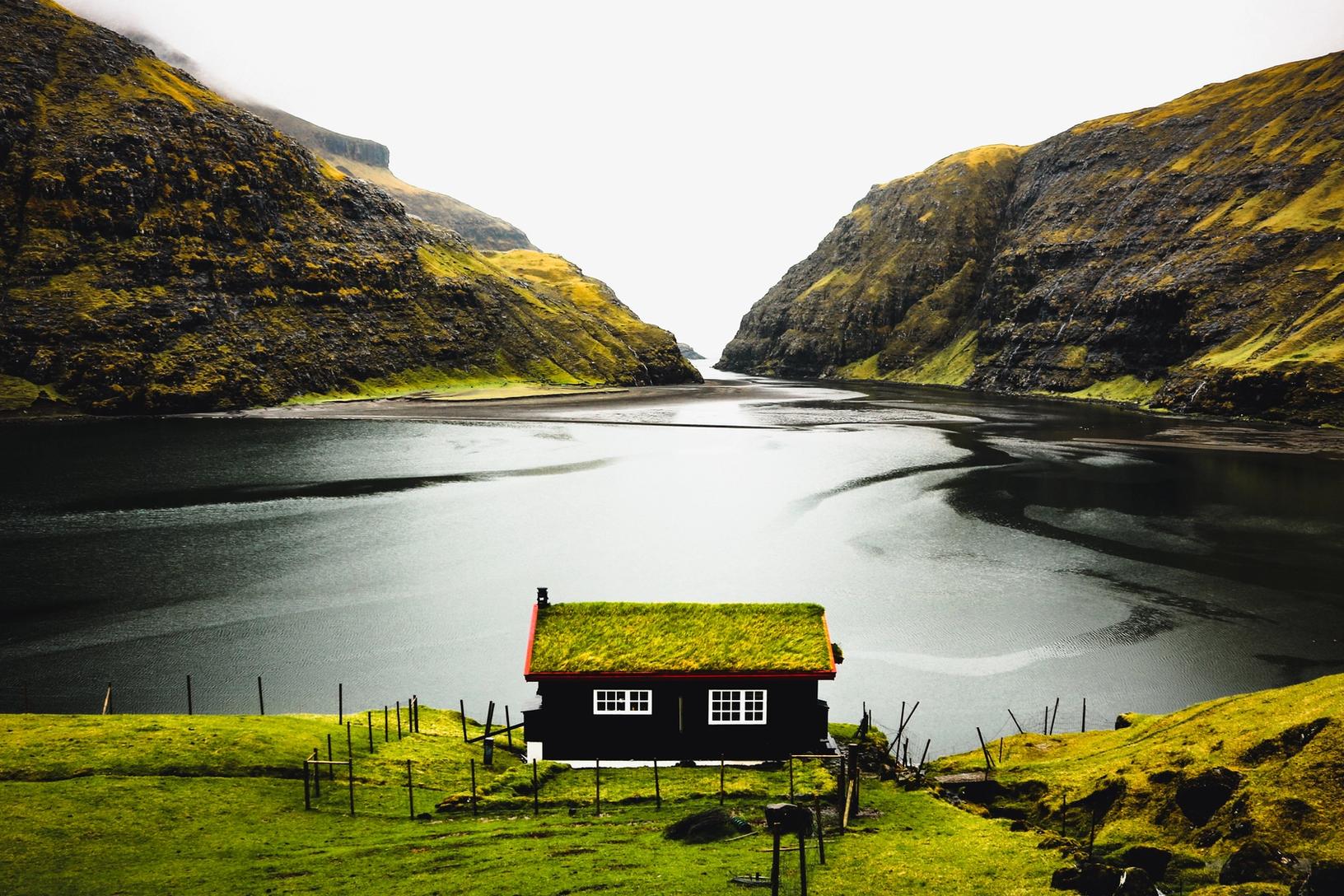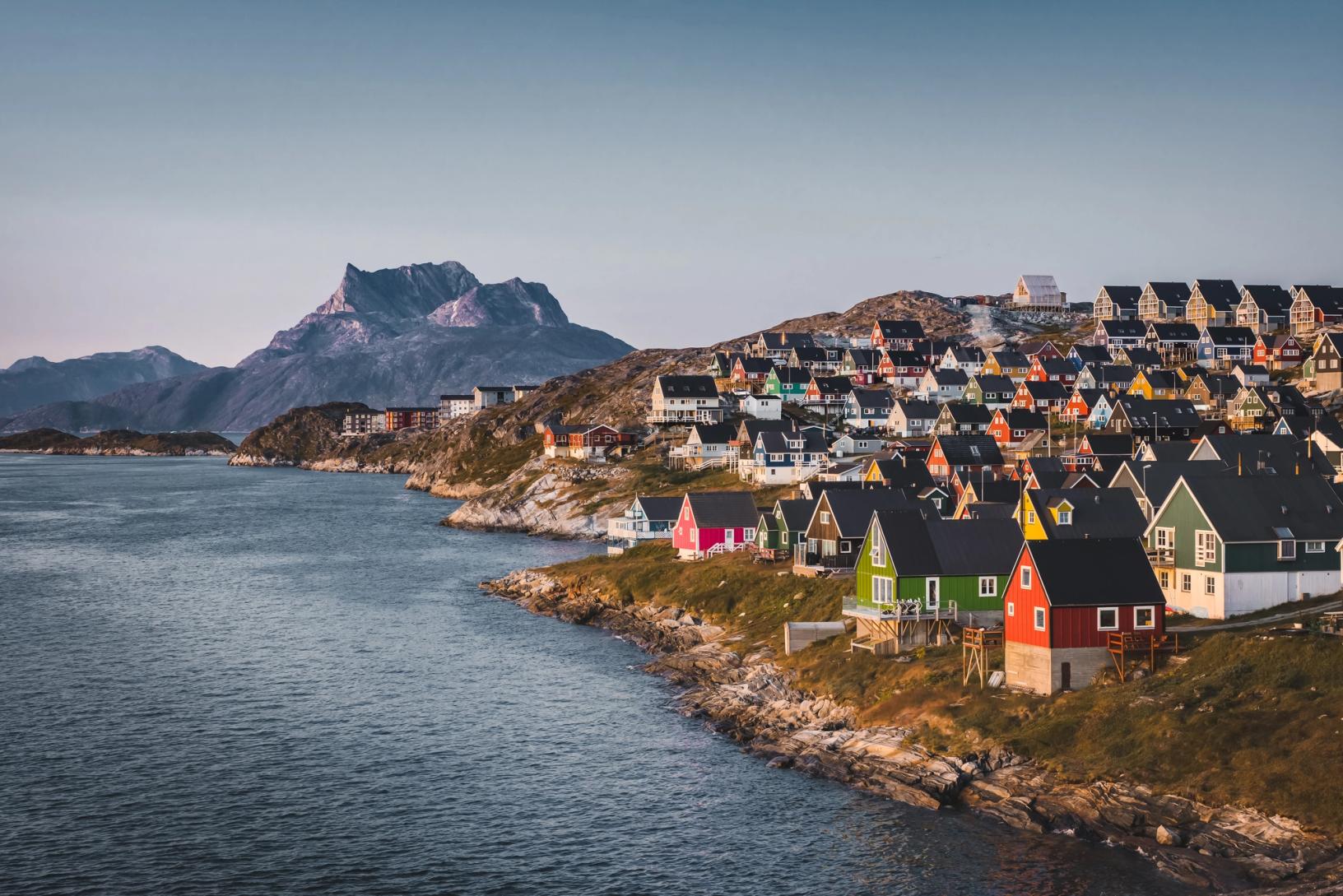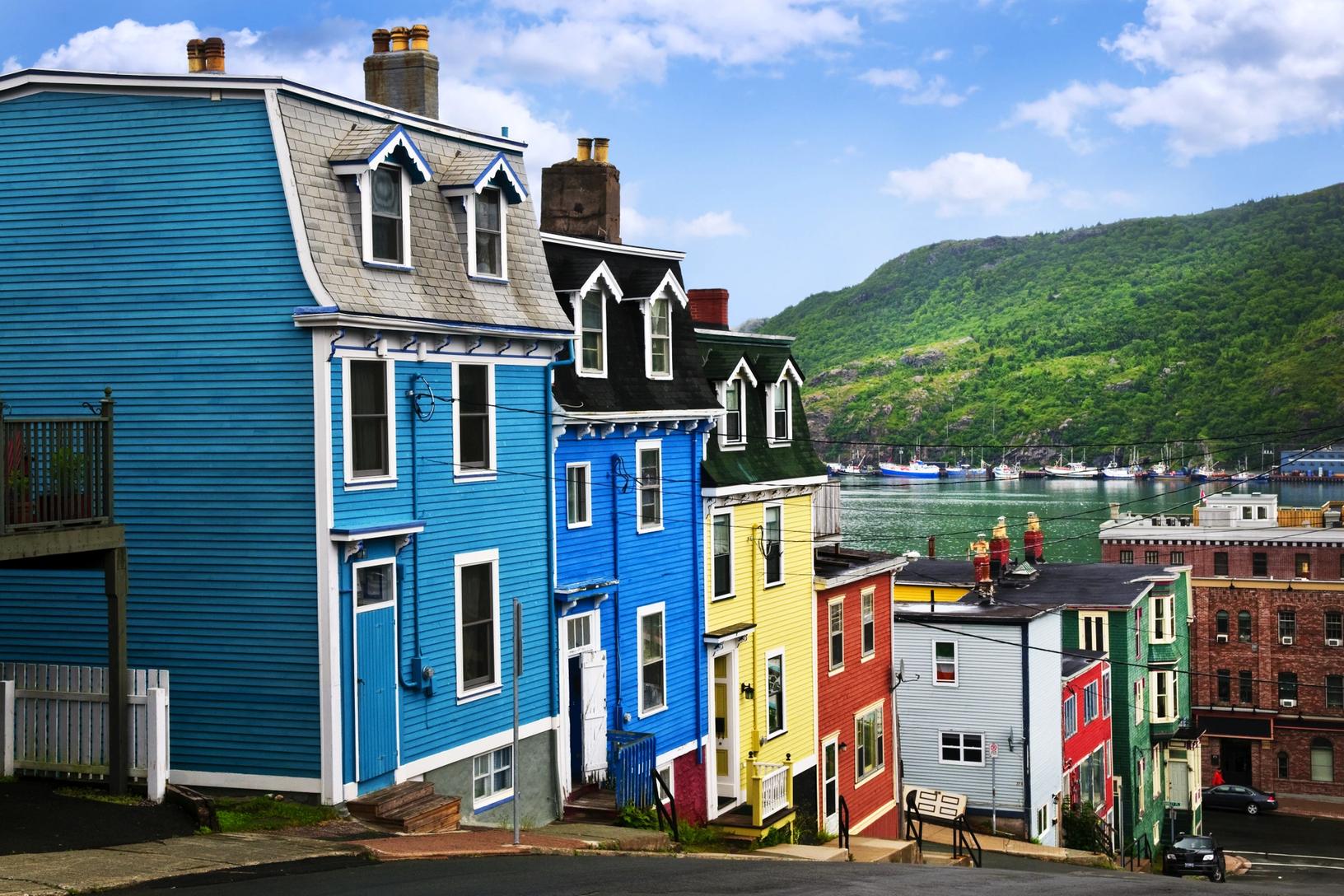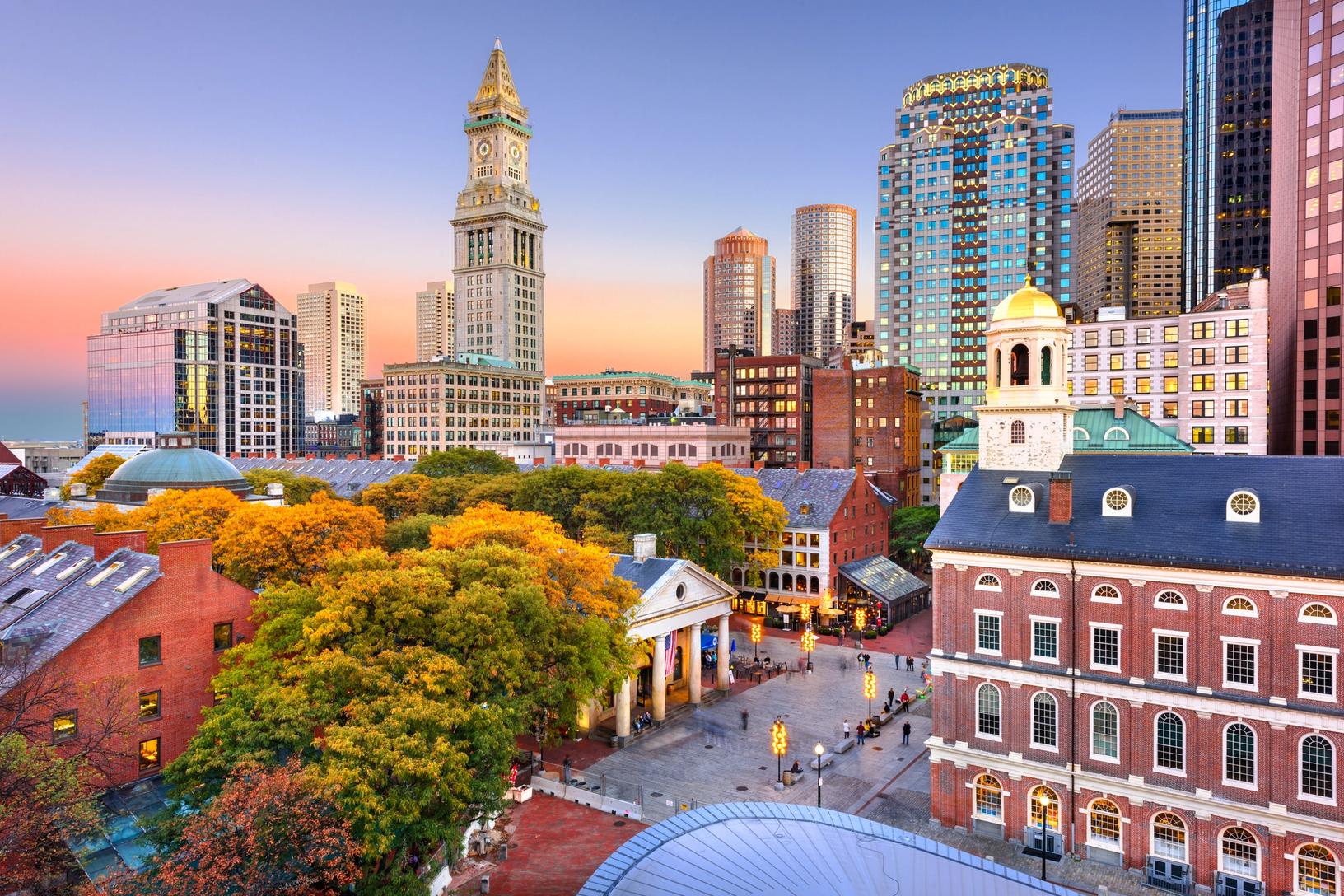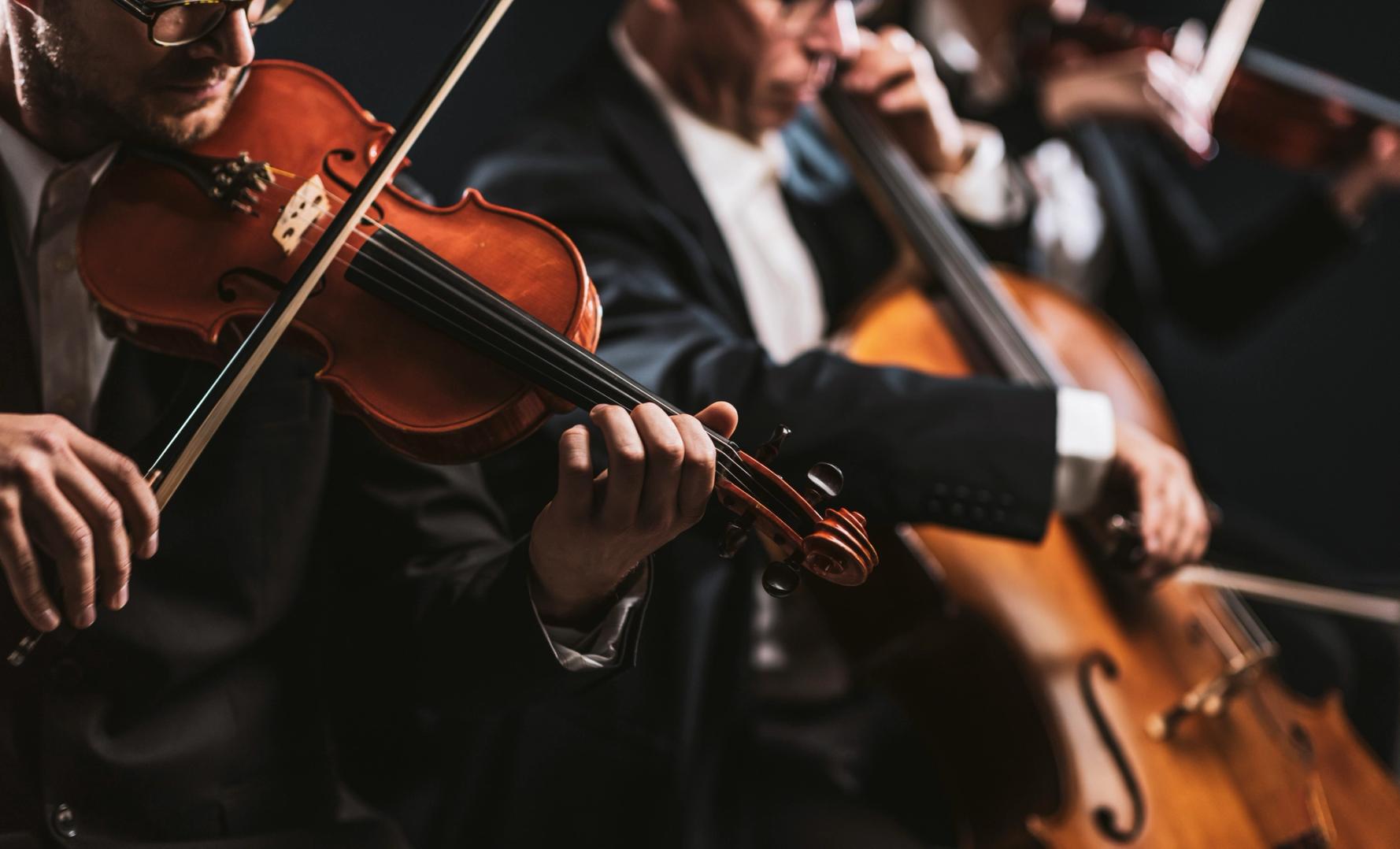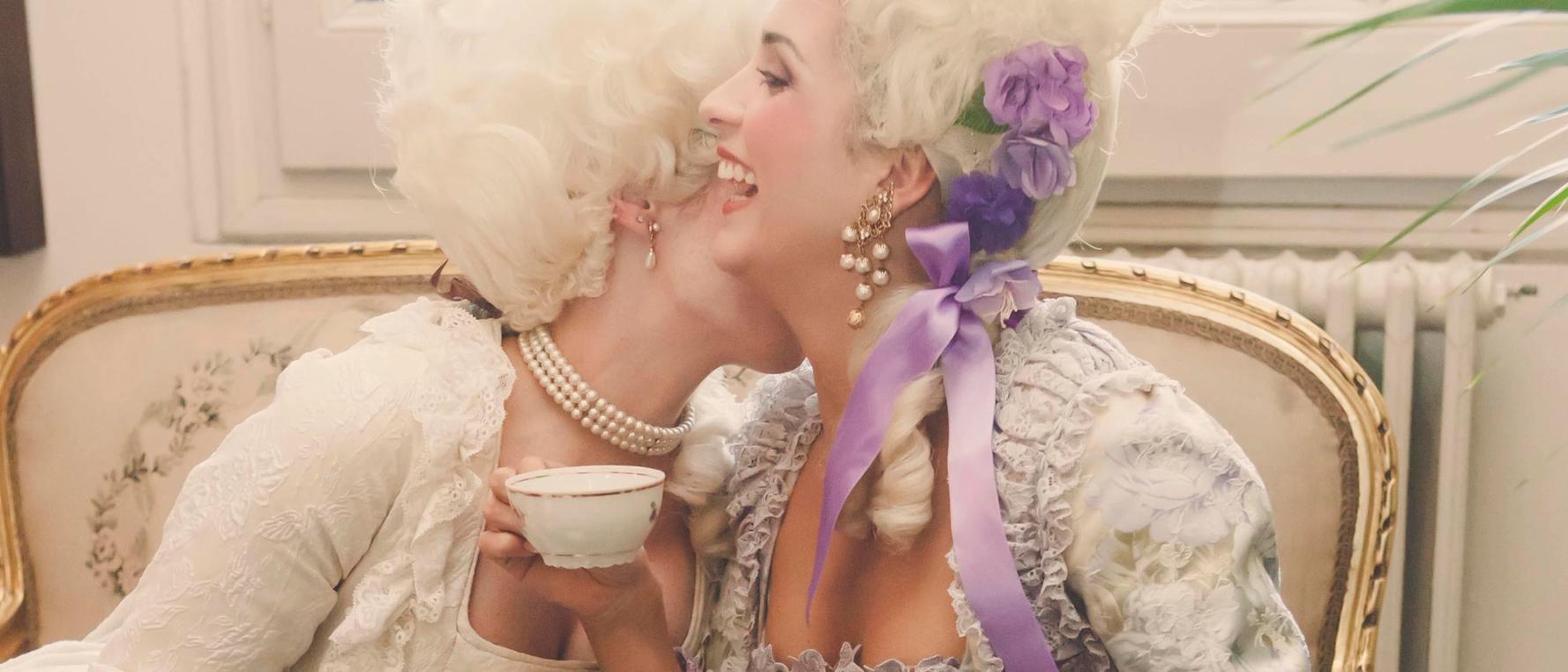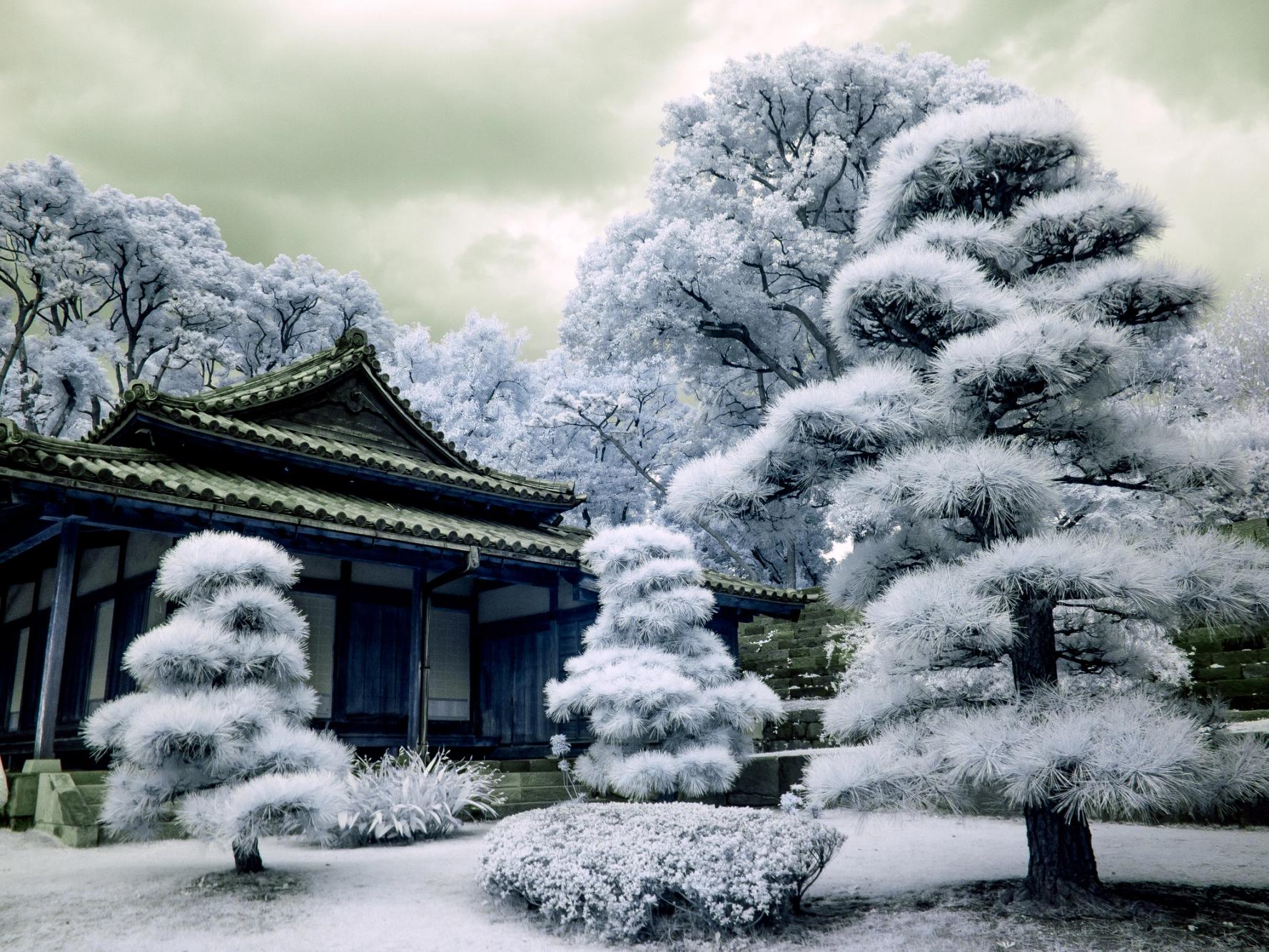
Sunday, March 24, 2024 – Photo of the Day – Thimphu, Bhutan

Where in the World Are We?
We traveled from Bangkok, Thailand, to Thimphu, Bhutan.

The Kingdom of Bhutan is small, landlocked country in South Asia. It’s located in the eastern Himalayas, between India and China. Bhutan is known for its monasteries, fortresses, and dramatic landscapes. Bhutan, a Buddhist kingdom on the Himalayas’ eastern edge, is known for its monasteries, fortresses (or dzongs), and dramatic landscapes that range from subtropical plains to steep mountains and valleys. Peaks such as 7,326m Jomolhari are popular trekking destinations in the High Himalayas. Paro Taktsang monastery (Tiger’s Nest) clings to cliffs above the forested Paro Valley.
With a population of over 727,145 and a territory of 14,824 sq miles, Bhutan ranks 133rd in land area and 160th in population. Bhutan is a constitutional monarchy with a king (Druk Gyalpo) as the head of state and a prime minister as the head of government. Vajrayana Buddhism is the state religion, and the Je Khenpo is the head of the state religion.
The Druk Gyalpo (Dragon King) is the head of state of the Kingdom of Bhutan. In the Dzongkha language, Bhutan is known as Drukyul, which translates as “The Land of the Thunder Dragon”. Thus, while the kings of Bhutan are known as Druk Gyalpo (“Dragon King”), the Bhutanese people call themselves the Drukpa, meaning “people of Druk (Bhutan)”.
The current sovereign of Bhutan is Jigme Khesar Namgyel Wangchuck, the fifth Druk Gyalpo. He wears the Raven Crown, the official crown worn by the kings of Bhutan. He is correctly styled “Mi’wang ‘Ngada Rinpoche” (“His Majesty”) and addressed “Ngada Rimboche” (“Your Majesty”).
Today’s Excursion – Thimphu, Bhutan
After breakfast at the hotel and check-out, transfer to the airport for your scheduled flight to Paro
After an 3 AM breakfast at the hotel and check-out, we met our guide and begin our fascinating trip to the Dagon Kingdom of Bhutan. We transfered to Bangkok Airport for check-in for our three-hour, 15-minute Drukair flight departing at 6:00 a.m. and arrived at Paro, Bhutan’s only international airport, at approximately 8:15 a.m. The flight into Paro is one of the most spectacular in the world. During our descent into this remote land, we experienced breathtaking panoramic vistas of the Himalayan peaks.







About Paro
The beautiful valley of Paro encapsulates within itself a rich culture, scenic beauty, and hundreds of myths and legends. It is home to many of Bhutan’s oldest temples and monasteries, the National Museum, and the country’s only international airport. The approximately 23,996-foot-high Mount Chomolhari reigns in white glory at the northern end of the valley, and its glacial waters plunge through deep gorges to form the Paro Chhu (Paro River). Paro is also one of the most fertile valleys in the Kingdom, producing a bulk of the locally famous red rice from its terraced fields.
Upon arrival in Paro, we met our guide and drove to the Amankora Resort in Thimphu for check-in and lunch.













About Thimphu
Nestled in a steep valley at approximately 7,709 feet, Thimphu is the capital of Bhutan and the center of government, religion, and commerce. This unique city is home to an eclectic blend of modern development alongside ancient traditions. Home to civil servants, expatriates, and a monk body, Thimphu maintains a strong national character in its architectural style.
We visited the Simtoka Dzong, built in 1629 by Zhabdrung Ngawang Namgyal, the first king who unified Bhutan. It functions as a monastic and administrative center and is the oldest dzong which has survived in its original form. Namgyal brought into vogue, for the first time in Bhutan, this concept of the “dzong” as castle monastery. We marvelled at its inspiring architecture and impressive location.













We continued to the Buddha Dordenma Statue, an enormous statue of Lord Buddha perched atop a hill and overlooking the entire Thimphu Valley. Great Buddha Dordenma is a gigantic Shakyamuni Buddha statue in the mountains of Bhutan celebrating the 60th anniversary of fourth king Jigme Singye Wangchuck. The statue houses over one hundred thousand smaller Buddha statues, each of which, like the Great Buddha Dordenma itself, are made of bronze and gilded in gold. The completed work is one of the largest Buddha rupas in the world, at 169 feet and contains 100,000 8-inch-tall and 25,000 12-inch-tall gilded bronze Buddhas. The statue was constructed at a cost of $47 million by Aerosun Corporation of Nanjing, China, which was sponsored by Rinchen Peter Teo a Singaporean businessman. The total cost of the entire project is well over $100 million.







Tour the Royal Takin Preservation Centre, a preserve for the national animal of Bhutan.
We tour the Royal Takin Preservation Centre. Originally a mini-zoo, it was converted into a preserve for the takin, the national animal of Bhutan (supposed to have the body of a cow and head of a goat). The Royal Takin Preservation Centre features a large area covered with pine forest.
We wnt to a local arts and craft market to see handmade goods. Dinner was at the Amankora Thimphu Resort.













Before dinner, a Buddhist Monk educated us about Bhutan’s version of Buddhism, which is based on serving others.

Check out today’s Chronicle.
